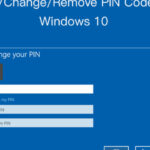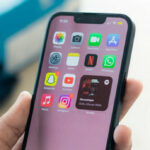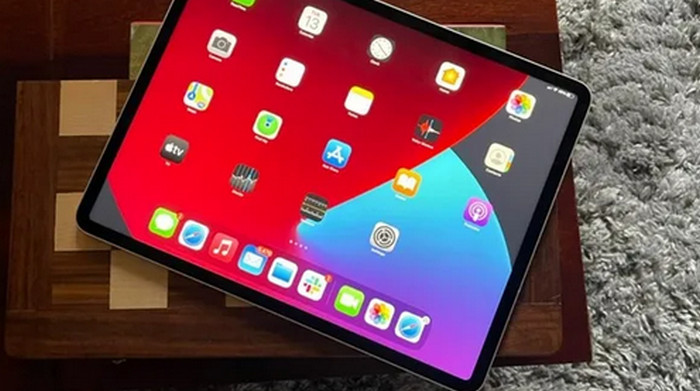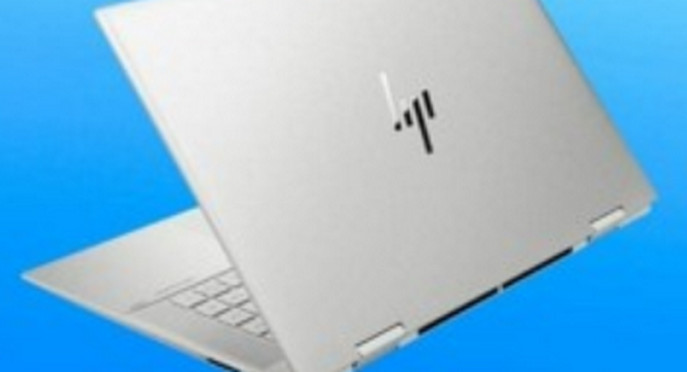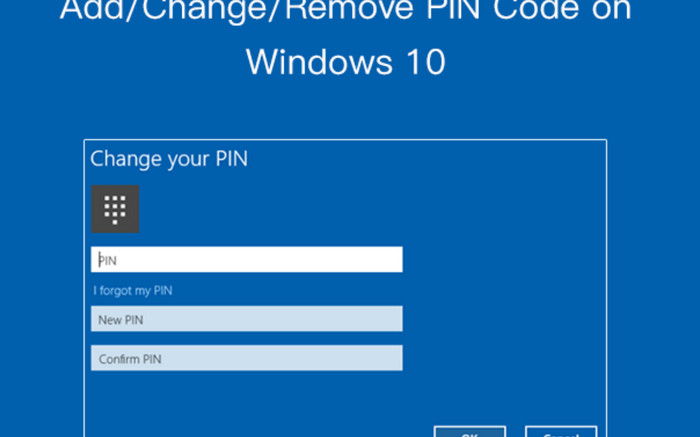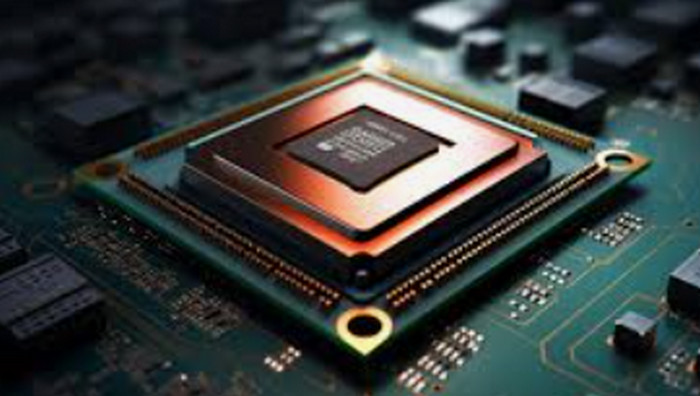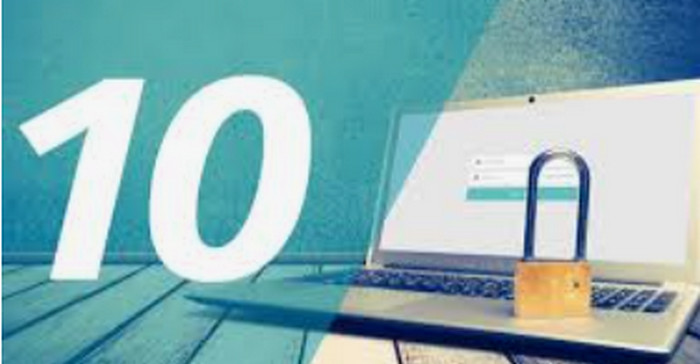There are a few things to consider before buying a used iPad to make sure you receive the best deal possible and stay away from any potential hazards. Here is a thorough list of things to think about:
Verify the specifications and condition first.
Physical State
When purchasing a used iPad, one of the first things to consider is its physical state. Keep an eye out for any obvious damage indicators, such deep scratches, dents, or splits. Because replacing a screen can be expensive, make sure it is in good condition and operates as intended.
Internal State
In addition to its external design, it’s important to evaluate the iPad’s interior state. Examine the area around ports and buttons for any indications of rust or discoloration, which are occasionally evidence of water damage. Water damage can eventually cause major problems with functionality.
Details
Check the model and specs of the iPad. The most recent iOS updates could not work with older models, which could restrict the features and app operation. Make sure the gadget has enough storage, processing power, and compatibility with the accessories you want.
2. Performance and Health of Batteries
Life of a Battery
The condition of the battery on old iPads is a major worry. An iPad that is often used may have a much shorter battery life due to battery degradation over time. If the model supports it, check the battery’s maximum capacity % under “Battery Health” options.
Replacement Expenses
Think about how much it would cost to replace the battery if it is not in good shape. Although they can be expensive, Apple offers battery replacement services. Consider this possible extra expense when haggling over the secondhand iPad’s pricing.
3. Confirm the legitimacy and authenticity of the device
IMEI and serial number
Make sure you check the iPad’s IMEI and serial number before completing the purchase. These are located under “About” in the settings. Check the device’s history using these numbers to be sure it hasn’t been stolen. You may find out the warranty status and purchase date of the gadget on websites such as Apple’s Check Coverage.
Proof of Original Purchase
Request an original purchase receipt or invoice from the seller. This can assist in ensuring that the transaction is legitimate and help prevent problems with lost or fake gadgets.
4. Evaluate the functional capabilities and software
iOS Version
Make that the iPad can run the most recent version of iOS. Important security upgrades and new features can be lost on devices that are unable to update to the newest version. Visit Apple’s website to verify the most recent iOS version that the device is compatible with.
Tests of Functionality
Examine every feature of the iPad in detail:
Touchscreen: Verify that there are no dead areas and that the screen is responsive.
Buttons: Verify that the power, volume, and home physical buttons all function properly by testing them.
Camera and Microphone: Take a quick video to check the quality of the camera and make sure the microphone is operational.
Speakers: Play audio to listen for any problems or distortion.
Connectivity: Make that the Bluetooth, Wi-Fi, and other connectivity options are working properly by testing them.
5. Considering Price and Warranty
The going rate
Find out how much the particular iPad model you are considering is currently selling for. Examine costs from multiple vendors, including electronics retailers, online marketplaces, and retailers of reconditioned devices. This will assist you in evaluating the fairness of the asking price.
Return Policy and Warranty
Verify whether AppleCare or the iPad are still covered under warranty. As they provide some protection against problems, devices still covered by warranties might be a safer option. Ask the seller about their return policy as well. A vendor who provides a fair return window shows that they are confident in the state of the merchandise.
Bargaining and Extra Expenses
Be ready to haggle over the price in light of the item’s condition and any potential extra expenses, such as buying accessories or replacing the battery. Take into account the price of any necessary extras that might not be included, including an Apple Pencil, a protective cover, or a charger.
Extra Advice for a Secure Purchase
Meet at a Secure Site: Meet in a public area and think about bringing a companion for extra security when purchasing from an individual.
Method of Payment: When feasible, make use of a safe payment option like PayPal or a credit card that provides buyer protection.
Reliable Vendors: Purchase from reputable merchants with high ratings and reviews if at all possible. Platforms with buyer protection features can also provide users more peace of mind.
In summary
Buying a secondhand iPad might be a terrific way to decrease costs without sacrificing the features and advantages of Apple’s well-liked tablet. However, in order to prevent any problems, it needs to be well thought through and evaluated. You may find a used iPad that fits your needs and expectations by being knowledgeable and keeping an eye on the condition, battery life, legitimacy, software capabilities, and cost. Always take your time, ask questions, and don’t buy anything until you’re completely pleased with the device’s state and the reliability of the vendor.




